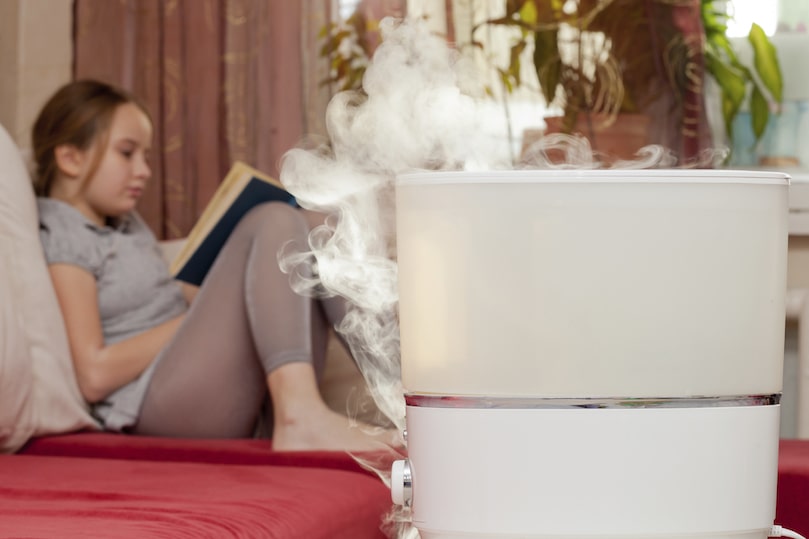
It's easy to tell when you need to wipe down your home decor or sweep the floors, but what about the air inside your home? The EPA finds that indoor air can harbor exponentially more toxins than outdoor air. Dust, mold spores, volatile organic compounds and other pollutants moving through your HVAC system can exacerbate allergies, asthma and other respiratory conditions, making it vital to explore effective indoor air quality solutions in Auburn and California.
1. Keep a Tidy Home
A tidy living space is the foundation of fresher air and allergy relief, but allergens like pet dander can gather quickly. Clean regularly, and frequently clean your bedding and drapes to eliminate dust and remove odors. You can also purchase air quality solutions like whole-home air purifiers, UV-C/UV light air purification, HEPA filtration and MERV filters to reduce airborne irritants and viruses.
2. Choose Safer Cleaning Products
Many common cleaners produce chemicals like chlorine and ammonia that linger in the air. Read product labels carefully and choose all‑natural, organic options to eliminate introducing unnecessary toxins. You can also mix simple, effective DIY cleaning solutions with pantry staples like vinegar and lemon juice.
3. Remember to Change Your Air Filters
Your HVAC system uses filters to capture allergens and airborne particles, but if these filters get blocked, they won't work correctly. Allow your heating and cooling equipment to run more efficiently by replacing the filters on schedule. Record your calendar or set a phone reminder to ensure a fresh indoor environment.
4. Control Humidity Levels
Ideal humidity (around 45%) is vital for home comfort and health. Too little moisture can create dry skin and respiratory irritation, while too much encourages harmful mold growth. Humidifiers and dehumidifiers are straightforward indoor air quality solutions in Auburn and California that deliver reliable mold and mildew protection and keep healthy seasonal humidity control.
5. Add Air‑Purifying Plants
Houseplants like pothos, snake plants, spider plants and aloe vera naturally purify toxins and generate oxygen while enhancing any room. These species boost your home's air quality and require little maintenance from you in return.
6. Schedule Professional HVAC Maintenance
Poorly maintained air ducts, heating or AC systems can spread pollutants and compromise your IAQ. That's why professional duct cleaning and sealing and HVAC tune‑ups are among the most impactful indoor air quality services for long‑term health.
7. Safeguard Against Hidden Hazards
Carbon monoxide and radon knowledge is crucial to prevent the invisible threats posed by these two toxic gases. Place detectors to shield your family and keep your home breathable, then periodically test them to verify they work properly. Professional HVAC inspections can also identify ventilation issues that may threaten your safety.
Invest in Indoor Air Quality Monitoring and Testing
Even if you are conscientious about cleaning and maintenance, it's challenging to know what's in the air you're breathing. When you set up indoor air quality monitoring and testing in Auburn and California, HVAC technicians can analyze your home's air for pollutants, humidity levels and airflow issues, then suggest targeted improvements to increase comfort and efficiency.
Modern technology makes this process even easier. Smart thermostats and indoor sensors can measure temperature, humidity and air quality in real time, helping you modify your system for healthier IAQ and lower energy costs. Recognizing seasonal humidity problems, energy efficiency and airflow restrictions enables you to maintain comfort while stopping future problems.
Breathe Easier With Indoor Air Quality Solutions in Auburn, California
Improving your IAQ doesn't involve drastic changes. From regular cleaning and filter changes to mindful choices and professional maintenance, these simple indoor air quality solutions in Auburn and California help you develop a healthier environment for your family.



